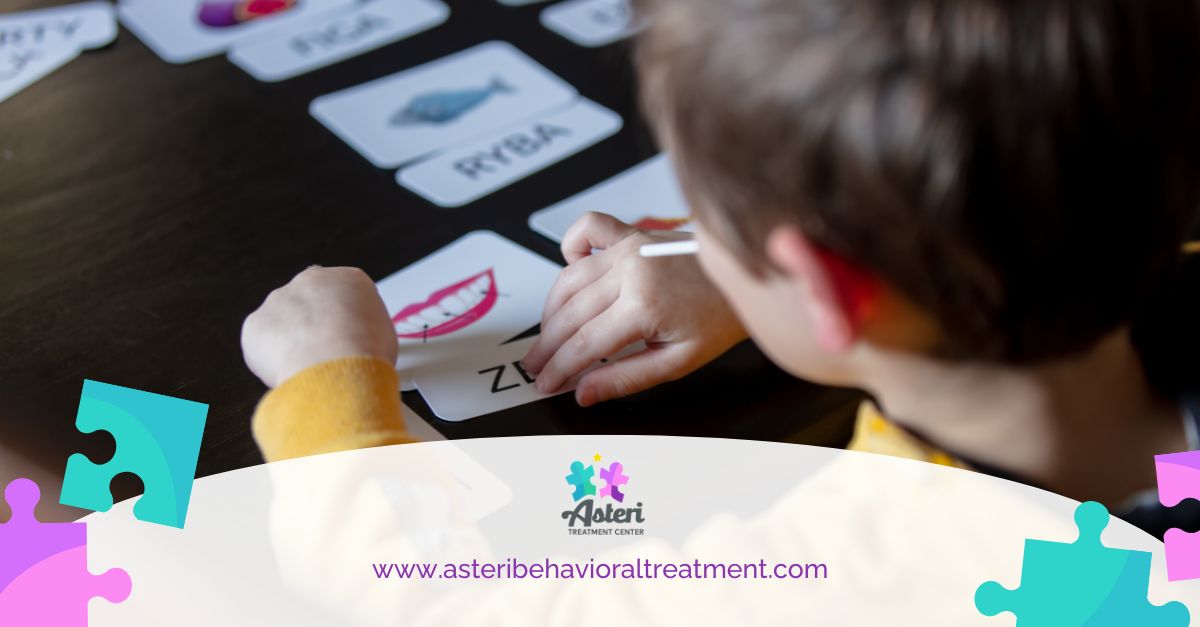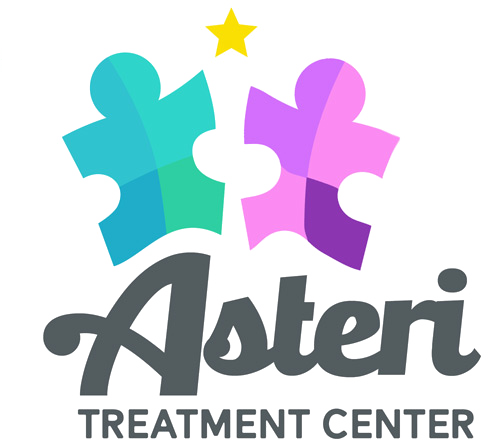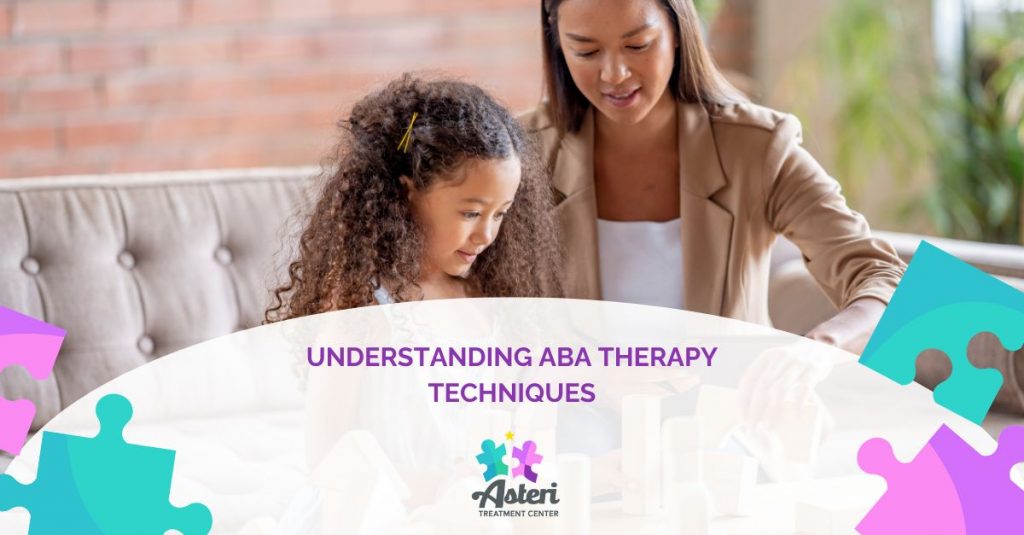Applied Behavior Analysis (ABA) is a well-established approach used to support children with autism spectrum disorder (ASD). Grounded in the principles of behaviorism, ABA therapy techniques focus on understanding and modifying behaviors through systematic interventions. By employing a variety of techniques, ABA practitioners aim to enhance the learning, social skills, and overall quality of life for children with autism. Let’s delve into some of the most effective ABA methods used in treating children with autism.
One of the foundational techniques in ABA is reinforcement. This principle involves providing a reward after a desired behavior occurs, thereby increasing the likelihood that the behavior will be repeated. For instance, if a child successfully uses a communication device to express a need, they might receive praise or a small reward, such as a favorite snack. This positive reinforcement encourages the child to continue using the device to communicate. The type of reinforcement can vary depending on the child’s preferences, making it a personalized approach that caters to individual motivations.
ABA Therapy Techniques in Practice
Another essential ABA method is prompting, which involves guiding a child toward the desired behavior. Prompts can be verbal, physical, or visual cues that assist the child in learning new skills. The goal of prompting is to help the child learn how to perform tasks on their own, gradually reducing the support provided as their skills develop.

Task analysis is another valuable method within ABA. This technique breaks down complex tasks into smaller, manageable steps, allowing children to learn sequentially. Children with autism can more easily grasp tasks that may seem overwhelming when viewed as a whole. This method fosters independence and builds confidence as children achieve each step.
Social skills training is also a critical component of ABA for children with autism. Many children on the spectrum struggle with social interactions, which can lead to isolation and difficulty forming relationships. ABA therapists use role-playing, modeling, and real-life practice to teach social skills, such as making eye contact, taking turns, or initiating conversations. By creating structured opportunities for social interaction, children can practice these skills in a safe environment, boosting their confidence and helping them navigate social situations more effectively.
Data collection is an integral part of ABA methods. Practitioners continuously monitor and record the child’s progress to assess the effectiveness of the interventions. Parents receive regular updates on their child’s progress and learning how to reinforce positive behaviors at home.
Learn More Today
ABA methods offer a structured and effective approach to treating children with autism. To learn more about how Asteri Treatment Center can help you, contact us by email, or call us today at (800)400-9748.

